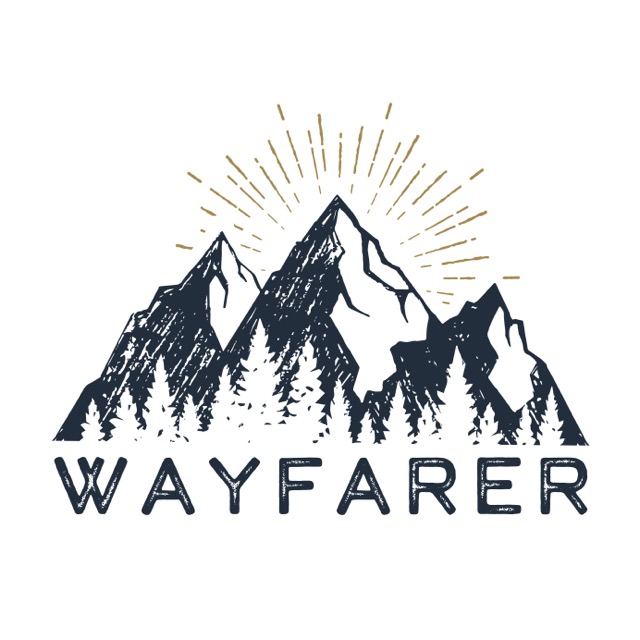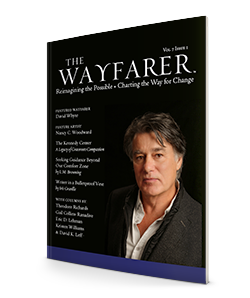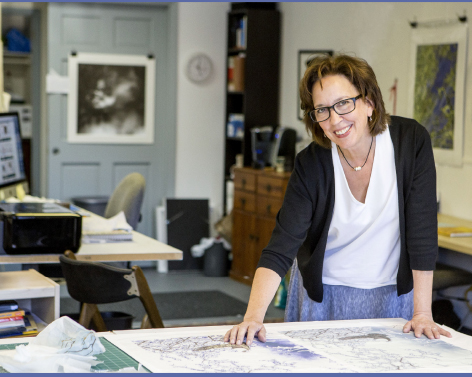
Nancy C. Woodward is an award winning photographic and mixed media artist. Her shadow portraits, colorful trees and ethereal landscapes depict unique views of the natural world. Nancy photographs moments when the natural world appears changed. She experiments with different color palettes, papers, fibers, mediums and surfaces to bring new realms into view.
Nancy has a studio, along with twenty other working artists, at Firing Circuits Artist Studios in Norwalk, Connecticut. She was an Artist in Residence at Silver Lake Conference Center in Sharon, Connecticut for ten years. She is a member of the Ridgefield Guild of Artists, The Katonah Museum Artists’ Association and The Surface Design Association. Her artwork is in many private and public collections. Nancy C. Woodward has a BA in Psychology from Franklin Pierce University in Rindge, New Hampshire. She studied photography, encaustic painting and digital editing at The Silvermine School of Art in New Canaan, Connecticut. She studied privately with photographer Sandi Haber Fifield and encaustic artists Leslie Giuliani and Nash Hyon.
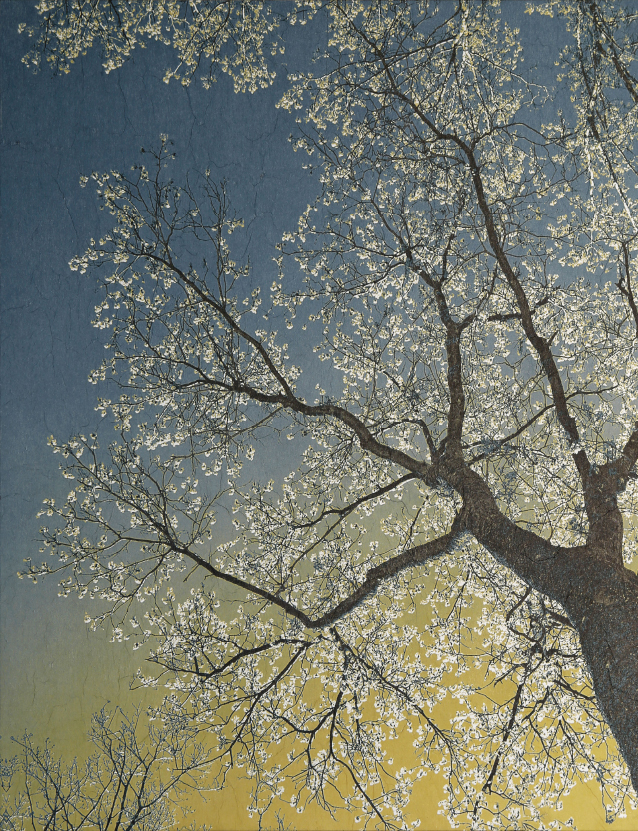
Leslie: How did you find your way into art and photography? You seem to have begun pursuing mixed media art in 2008, so you found a way into the arts later in life. What did you set out intending to be and how did you find your way onto this path?
Nancy: I raised two daughters on my own. I had jobs that never involved any creativity but served to bring in the funds to support my family. I was always drawn to artists and musicians and their contagious passion. They inspired me to write, play music, and pick up my camera.
In 2007, I was just getting started in photography and began working at an arts center. I loved this job because I was surrounded by art. I developed close relationships with wonderful, generous artists who shared their passion and experiences with me. They encouraged me to keep working on my art and I did.
I remember thinking that hanging a finished piece on a gallery wall was an act of courage. As my commitment to photography began to take over my life, I was ready to put my work on the wall. In 2011, I had my first solo show. By the end of the year I was a fulltime working artist.
Leslie: A great deal of pieces start with an image of a tree and from there you develop patterns and new perspectives on the piece. What is it about trees that resonates so deeply with you?
Nancy: As far back as I can remember, I have loved lying underneath trees, looking up into the branches, the leaves and the sky. As a kid I was told this was daydreaming. I would make up stories about characters that were living in trees. I climbed until I reached the highest branch and looked as far as my eye could see. It was so different up there. It was magic.
While on an artist residency in 2005, I became aware of shadows moving across a weathered workspace. I was captivated by their movement and sensed something very unusual. I grabbed a point-and-shoot camera and started shooting. I remember being told that I would never be able to capture the image: the light was flat, the camera was terrible, but I didn’t care. I was mesmerized by the sheer beauty and graceful movements of the shadows. It was the first time I ever saw with my artist’s eye. That image was indeed captured, the light was fine, and I shot shadows for 4 years.
It was only a matter of time before I began photographing tree canopies towering above me. My shadows had trained my eye to be aware of light-filled orbs, dream-like landscapes, and unusual forms. The wonderful stories I saw in trees as a child ran through my head as I was out in the woods working my camera. I saw familiar landscapes, faces, and groups gathering all within the architecture of trees. I began to focus more on the bones and posture of the trees. The images were transformed when I brought them into the studio and introduced new palettes which transformed them into structures and characters that I recognized from all that childhood daydreaming.
I became more and more interested in the organic patterns I recognized from my shadows and trees. I began taking bits and pieces of branches and creating new images and designs through experimenting with color and repetition. A wonderful synthesis developed that seemed familiar and I followed the thread until it felt finished. Some of these experiments developed into designs, rug patterns and of course familiar spirits.
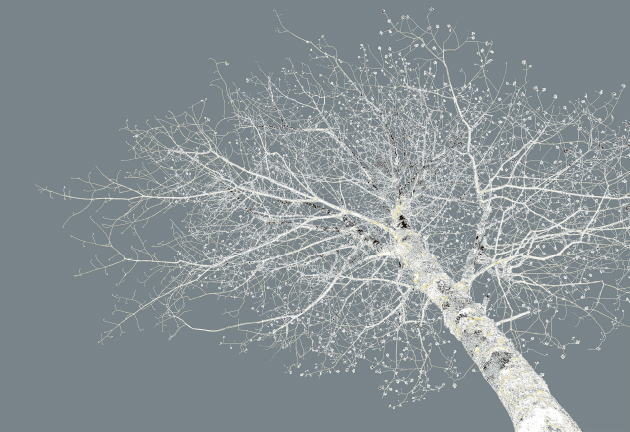
Leslie: In addition to being an artist, you’re a musician and songwriter. Tell us a little about your life in music.
Nancy: For a time in my life I was immersed in writing and performing music. I was surrounded by musical friends who encouraged me to pick up a guitar and sing with them in front of audiences. We even became a band.
Lyrics came easily and I wove them into simple guitar chords. I was forever changed by singing songs I had written, releasing intimate parts of myself and letting other people hear my voice. It is a metaphor for everything.
One of the last songs I wrote was a love letter to my father. The lyrics came from the deepest place in my heart. The writing helped me let go release pain of loss and embrace the powerful, never-ending love that I shared with my dad. I knew that if I never wrote another song, it would be okay because I had reached through the veil and felt my father’s love.
Leslie: Are the emotions and intentions that drove you to write and create music the same as those driving your current work or has there been an evolution in your identity as an artist?
Nancy: Music: Writing lyrics is a very different writing experience. There are no rules. I can repeat sentences and phrases, use terrible grammar, make up words and call on my imagination to pull my heart into the words. This freedom allowed me to write with a new-found flow.
Writing lyrics is an emotional process, drawing from experiences that broke or touched my heart and weaving these feelings into poetic statements. I use simple guitar chords to find a melody that enhances the lyrics. I tweak the lyrics and melodies until they blend into a single expression that touches me and rings true.
Photography: My photographic work was a natural progression from writing and music. My identity as an artist changed when I ventured into the visual arts. It was a marriage of my intuition, artistry and technical abilities. This process is more complex but has given me a determination that I had never known before. I read manuals, take classes, watch tutorials, work late into the night and do whatever it takes to create.
In music, I started with an emotion. In my photographic work, I begin with taking shots of the natural world. I look for something in the images that appears changed or mysterious. I take a closer look until I find a thread of a dialogue. I follow that thread and digitally begin the work of gently coaxing out the details that bring my story into view.
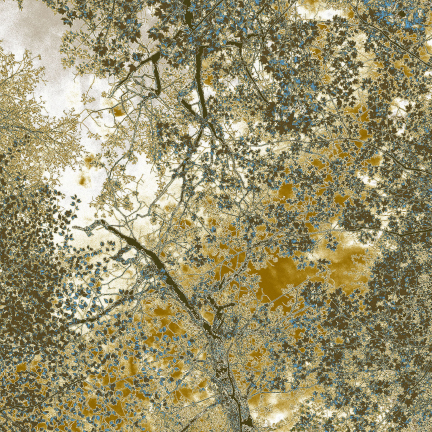
Leslie: Have you found it harder or easier to be a female artist?
Nancy: I think the question is twofold. For the practicing artist…The ease or difficulty in creating art is not gender specific as much as it is experience specific.
As a female artist, I draw from my personal experiences. I am a woman, I am a mother of two daughters and a grandmother of two grandsons. I live in New England, I have had my heart broken twice. I have a cat. I am blessed with wonderful friends. I love the sound of water and believe that people basically come from a good place. This defines me and deeply influences my art as do all of the details of my life. I think the same is true for male artists.
For the artist who sells work…It is far easier for men to be successful in the business world and of course this applies to the business of selling art. Major museums are telling examples of gender inequities in the art world. Their walls are filled with art created by men.
Leslie: What do you view the role of the artist be in the current political climate? Should artists entertain or are they obligated to be at the forefront of protest?
Nancy: I don’t think artists are obligated to be at the forefront of protest. We are naturally drawn to it. We have to pull things apart to get to the heart of the matter and find a way to translate the chaos through our art. It is what we do.
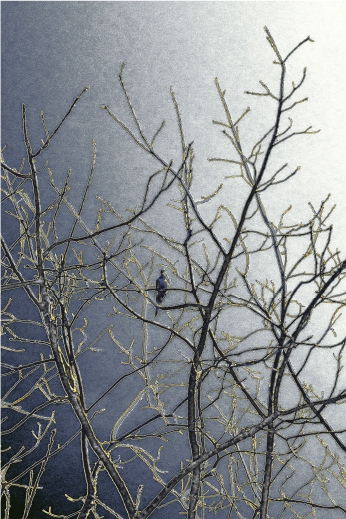
Leslie: What do you hope to achieve through your work?
Nancy: To push myself through the fear of exploring the deepest parts of myself so I can bring into my images the essence of what I know to be true.
Leslie: If you could have someone walk away with one thing after viewing your art, what would it be?
Nancy: That the viewer recognizes something familiar and is inspired to take a closer look at the beauty and mystery of the natural world.
Leslie: What would you say to all those young struggling artists trying to make a living with their art?
Nancy: Making a living as an artist is a struggle but that doesn’t mean that you can’t follow your heart’s desire throughout the struggle. I committed to my art full time later in life and wish I had had the courage to commit when I was younger. It seemed impossible and so it was.
My advice would be to do whatever you have to do to make a living. If you are paralyzed with fear about how to pay the rent- get a day job but keep making art. Never stop seeing yourself as an artist. Intentions and affirmations have a crazy way of opening doors. Assume opportunities are coming your way and they will.
I live on a ridiculous budget and have given up lots of things not essential to my artmaking. I found the deeper my commitment was to my art, the less I missed the things I gave up. When I enter my studio every morning, I feel a sense of peace that is hard to describe. It is my sanctuary. I love being surrounded by tons of art supplies, projects in the works, and finished framed images waiting to go out in the world. I get easily lost in my work and always seem to be late leaving in the evening… because I really do not want to go.
So, if you are thirsty to express the innermost deep-down wonderful stuff that defines you… keep going. Follow your heart. Be leery of naysayers and unsolicited critiques.
You will never be bored.
Good luck.
Follow Nancy’s work at nancycwoodward.com
Appleton Art Design, Amie Greenspan, Westport, Connecticut | appletonartdesign.com
Romanoff Elements, Carol Romanoff, Westchester County, NY | romanoffelements.com
This is a selection from The Wayfarer’s spring 2018 issue.
Order the entire issue in either print or e-edition in our store.
The Wayfarer is a biannual magazine released in print and e-edition every spring and autumn. We publish a high-quality journal of literature and art that inspires and points the way for visionary-yet-practical change. By our definition, a “wayfarer” is a wanderer whose ability to re-imagine the possible provides the compass bearings for those on their way. The Wayfarer’s mission is to chart the way for change by building and empowering a community of contemplative voices. We seek to release a publication that builds and empowers a community of contemplative voices and serves as an agent for cultural transformation.
Subscribe to the Print Edition • Subscribe to the e-edition • Browse Featured Articles
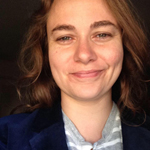
L.M. Browning
Editor-in-Chief, The Wayfarer
L.M. Browning is a publisher, TED Talker, and award-winning author of eleven books. Balancing her passion for writing with her love of learning, Browning sits on the Board of Directors for the Independent Book Publishers’ Association, she is a graduate of the University of London, and a Fellow with the International League of Conservation Writers. She divides her time between her home along Connecticut’s shore and Boston where she is earning an L.B.A. in Creative Writing and Journalism at Harvard University’s Extension School. Look for Leslie’s next book, To Lose the Madness: Field Notes on Trauma, Loss and Radical Authenticity. Visit her at www.lmbrowning.com
To bring each issue of The Wayfarer to fruition, it takes hundreds of hours each season to craft, edit, design, and distribute the journal. If you find joy and enrichment within our features, please consider becoming a supporter with a small donation. There is no set amount. Whether it is .99 or a few dollars, we appreciate any gift you care to give. While at this time we are not a non-profit all donations do go towards ensuring the future of the journal.
